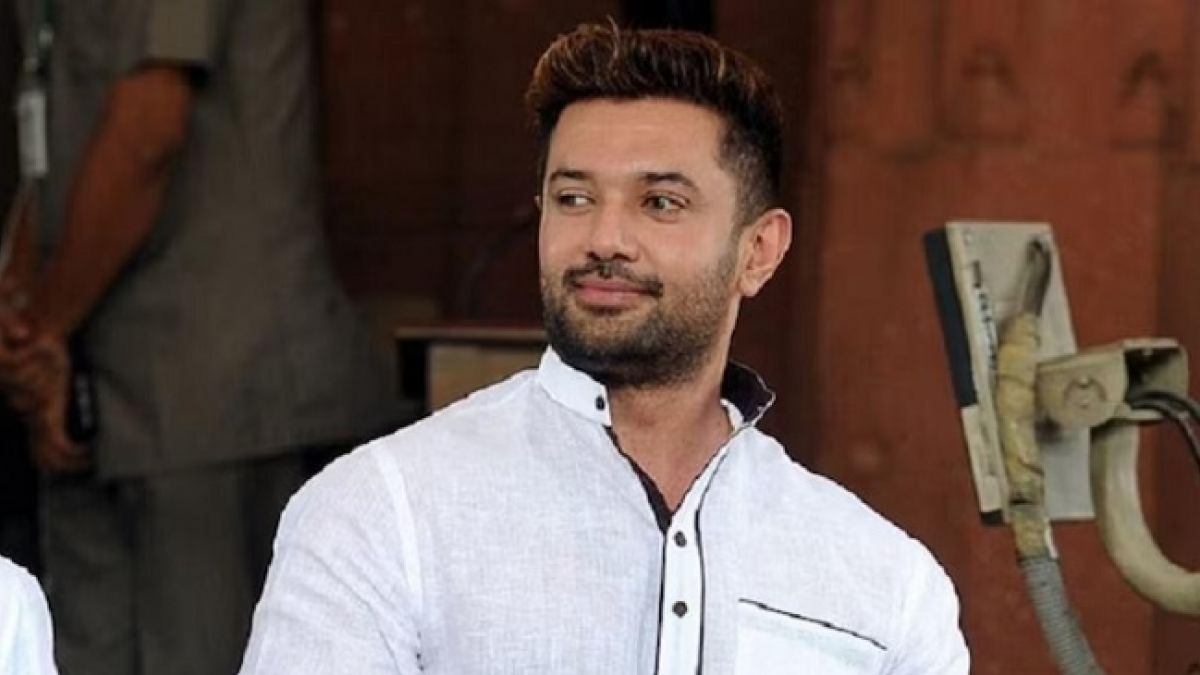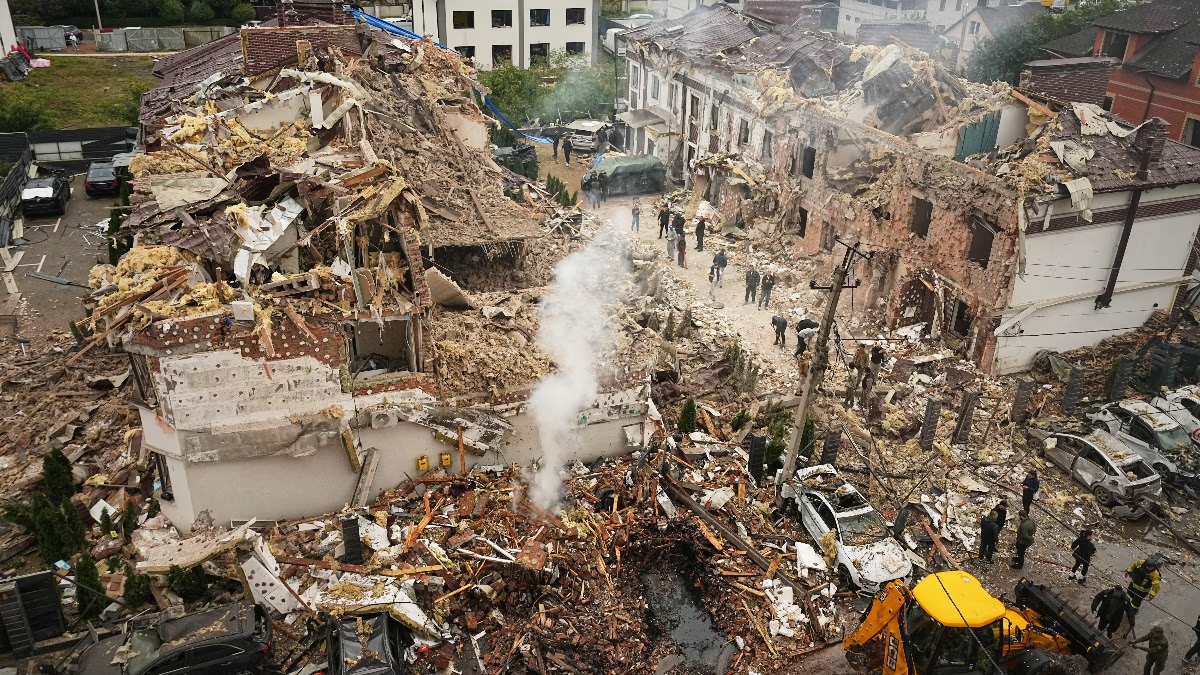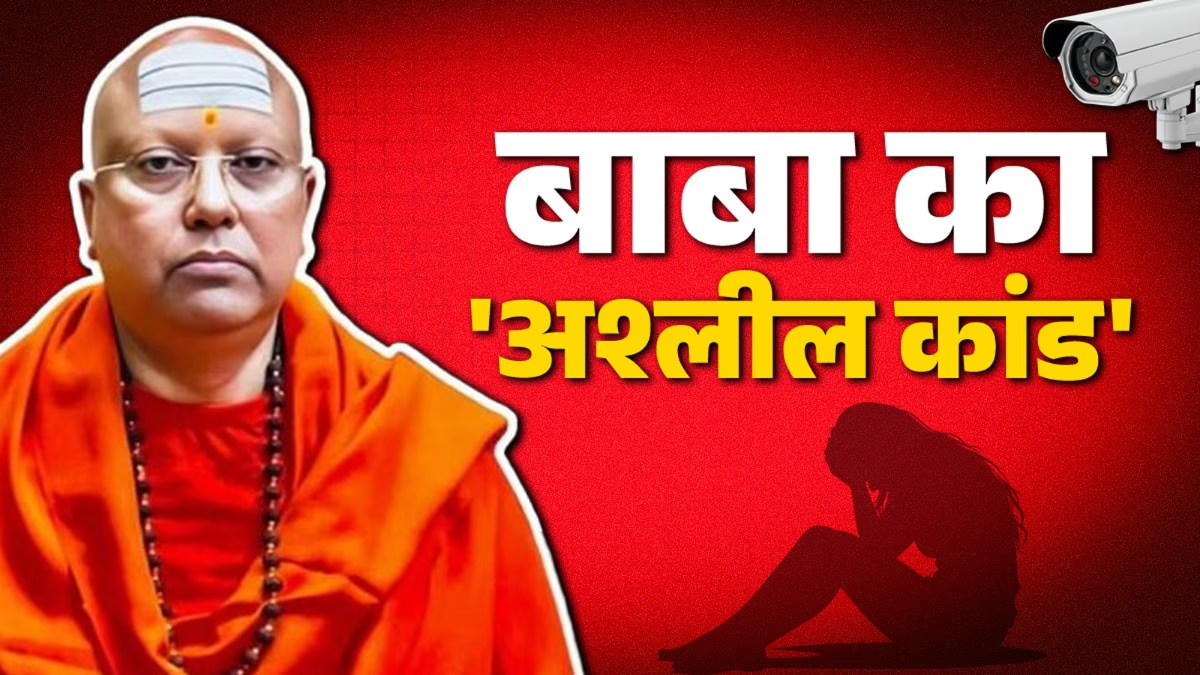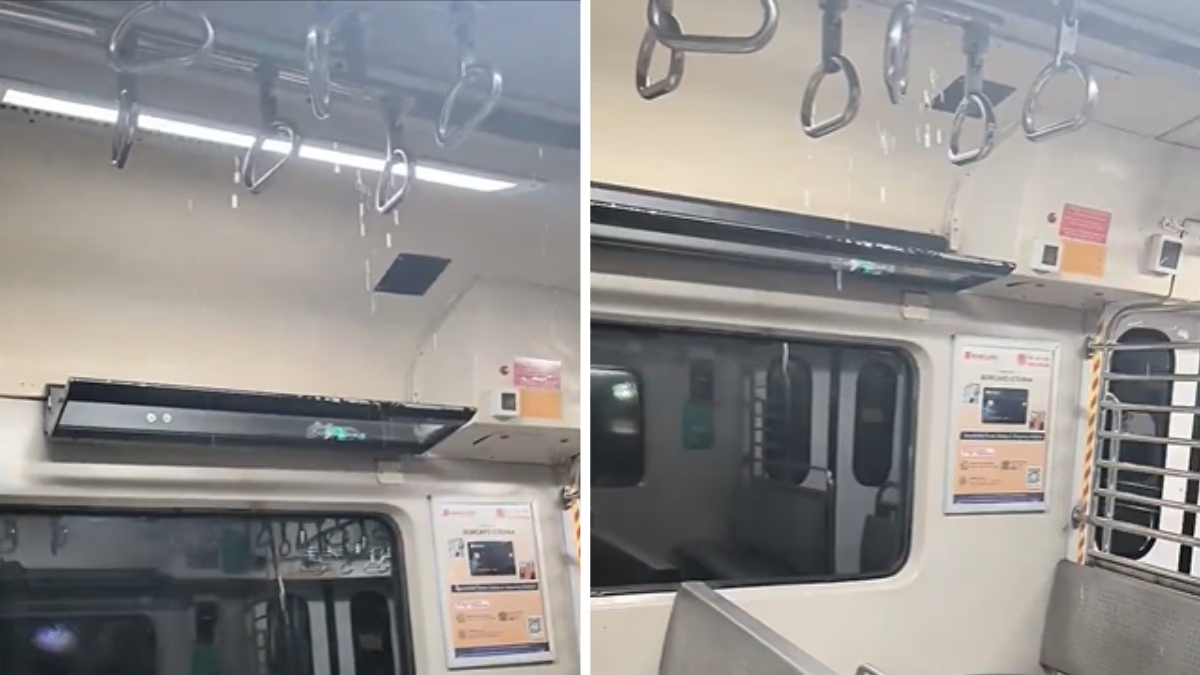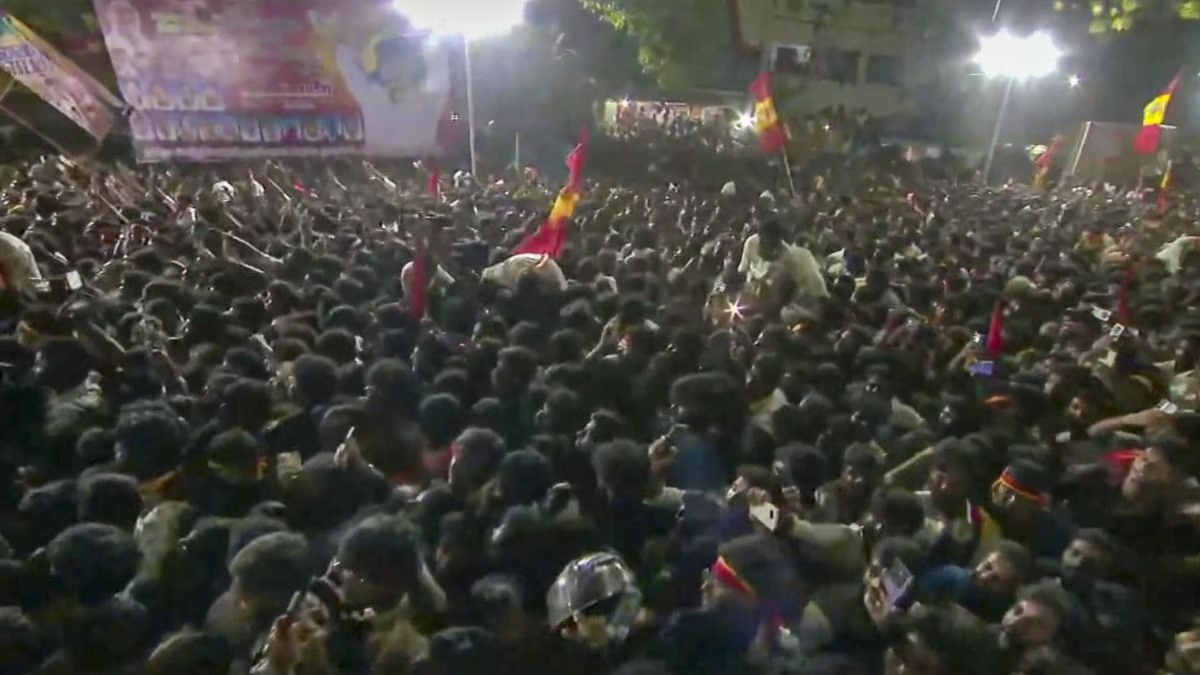With the next national parliamentary elections around the corner, political parties are busy tightening alliances and streamlining their organizations. While efforts are underway to unite opposition factions, the incumbent BJP is also working on expanding the National Democratic Alliance (NDA) that it leads.
Following Ajit Pawar's inclusion in Maharashtra, BJP now aims to reconnect with old allies. Ahead of the NDA meeting on July 18 in New Delhi, political activity has intensified in Bihar. Nitish Kumar, the Minister of State for Home Affairs, has met with Chirag Paswan, the president of Lok Janshakti Party (Ram Vilas), in the state capital, Patna.
The central minister and senior BJP leader met Chirag in Patna, right when a gathering of LJP(R) leaders was scheduled. Following the meeting with his party's leaders, Chirag stated that discussions have been ongoing with the BJP regarding a coalition for some time. He mentioned that a couple more rounds of conversations are expected, and that he has been authorized by party leaders to make decisions related to the coalition.

Source: aajtak
Bihar's rapidly changing political equations
Following Chirag's statement, it seems negotiations between BJP and LJP(R) regarding their alliance have progressed significantly. While Chirag hints at coalition talks, Jitan Ram Manjhi, the head of Hindustani Awam Morcha (HAM), who was part of the grand alliance led by Nitish Kumar until some days ago, has also stated his intention to contest the 2024 elections with the NDA. Upendra Kushwaha, who created the Rashtriya Lok Janta Dal (RLJD) after parting ways with Nitish Kumar's JD(U) has also hinted at a return to the NDA. All three of them, Chirag, Manjhi, and Kushwaha, have been part of the NDA coalition with BJP.
Why is Chirag vital to BJP?
At a time when there is less than a year left for the next parliamentary elections, why has BJP suddenly remembered its old allies in Bihar? The answer lies in the evolving dynamics of the state. Since the last parliamentary elections in 2019, much has changed. Nitish Kumar, who was part of the NDA in 2019, now stands with the opposition and has launched a campaign to unite all non-NDA parties against BJP.
In Bihar, Nitish Kumar's JD(U) and Lalu Yadav's RJD have an alliance with Congress. BJP, therefore, is in dire need of smaller parties to maintain a caste balance. After Chirag's departure from the NDA, he was ousted from the party that his father, Ram Vilas Paswan, had founded. Chirag was then forced to form a new party called Lok Janshakti Party (Ram Vilas). His uncle, Pashupati Paras, who had initially proposed Chirag as LJP president, seized control of the party's name and symbol and became a minister in the central government. So, why does BJP suddenly need Chirag? Political analyst Amitabh Tiwari comments that though Pashupati seized the legacy of Ram Vilas Paswan's party, he has failed to retain the core vote base of the Paswans. BJP has realized that, even though the party may have slipped away, the Paswan voters still see Ram Vilas's legacy in Chirag.
Through Chirag, BJP eyes the Dalit vote bank
About 16% of Bihar’s electorate are Dalits and Mahadalits, with the Paswan community making up 6%, belonging to the Dalit group. The remaining 10% fall under the Mahadalit category, with 6% of them being Mushahars. BJP aims to garner the Paswan voters through Chirag and seek the Mushahar vote via Jitan Ram Manjhi.
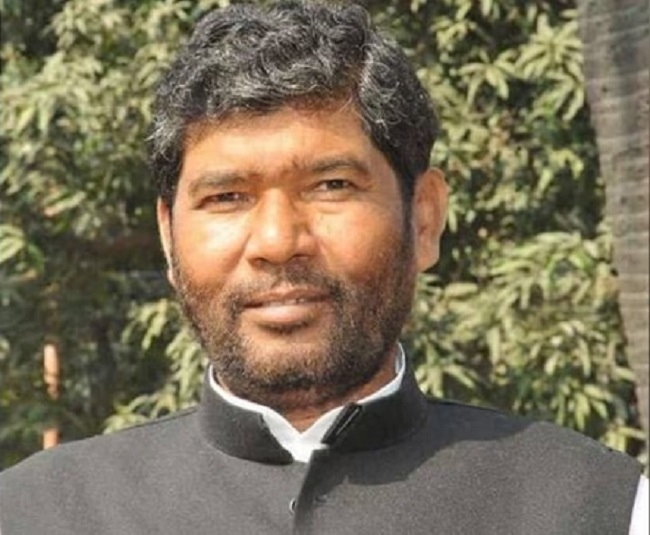
Source: aajtak
Of the 40 seats in Bihar, Dalits and Mahadalits are key in 13
Bihar has 40 parliamentary seats, of which 13 are influenced by a significant Dalit-Mahadalit electorate who can decide the outcome. Gaya constituency has the highest number of Dalit voters. Aurangabad, Nawada, Nalanda, Karakat, Khagaria, Sasaram, Ujiarpur, Samastipur are also determined by this voter segment. In Buxar, Hajipur, Jehanabad, and Ara constituencies too, Dalit-Mahadalit voters play a decisive role.
What does Chirag gain by aligning with BJP?
On aligning with BJP, veteran journalist Dr. Shriram Tripathi observes that Chirag was removed as the LJP president by Pashupati Paras, who became the leader of the parliamentary group and seized the party's name and symbol. His supporters pointed fingers at BJP for orchestrating this political play. If Chirag is ready to join hands with the same BJP, it must be for some significant reasons.
After the assembly election defeat and the party takeover by Pashupati Paras, Chirag's supporters have been discouraged. By joining the NDA, Chirag sees a chance to reestablish his party. Additionally, it sends a message to the people of Bihar that despite the alliance with Pashupati Paras and LJP, the NDA ultimately needed him, which would certainly enhance Chirag's stature.
How did the Lok Janshakti Party split?
Before the 2020 Bihar elections, Chirag opened a front against the Nitish Kumar government, which was then part of the NDA. LJP, under Chirag’s lead, left the field open for BJP, but fielded candidates against JD(U) seats. The party failed to win any, but wrote the defeat story for JD(U) on many seats. JD(U) ranked third after RJD and BJP in the number of seats. Nitish blamed LJP for this outcome, leading to LJP's expulsion from the NDA after Nitish's insistence. The party could only return once Chirag lost everything.
What's in store for Pashupati Paras?
Chirag Paswan has placed conditions on a coalition with BJP. He had said last year he would return to the NDA only if Pashupati Paras was out of the cabinet and his party from the NDA. He hasn't commented on this yet, but it's believed that a coalition with Pashupati's presence will be difficult. What happens to Pashupati Paras and his party in the NDA remains to be seen, whether he'll have to step out or BJP reconciles the uncle-nephew conflict and retains them both.
